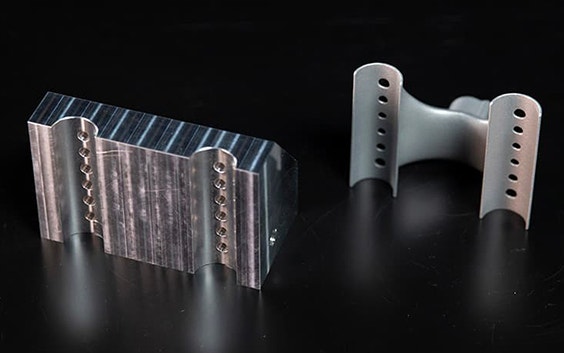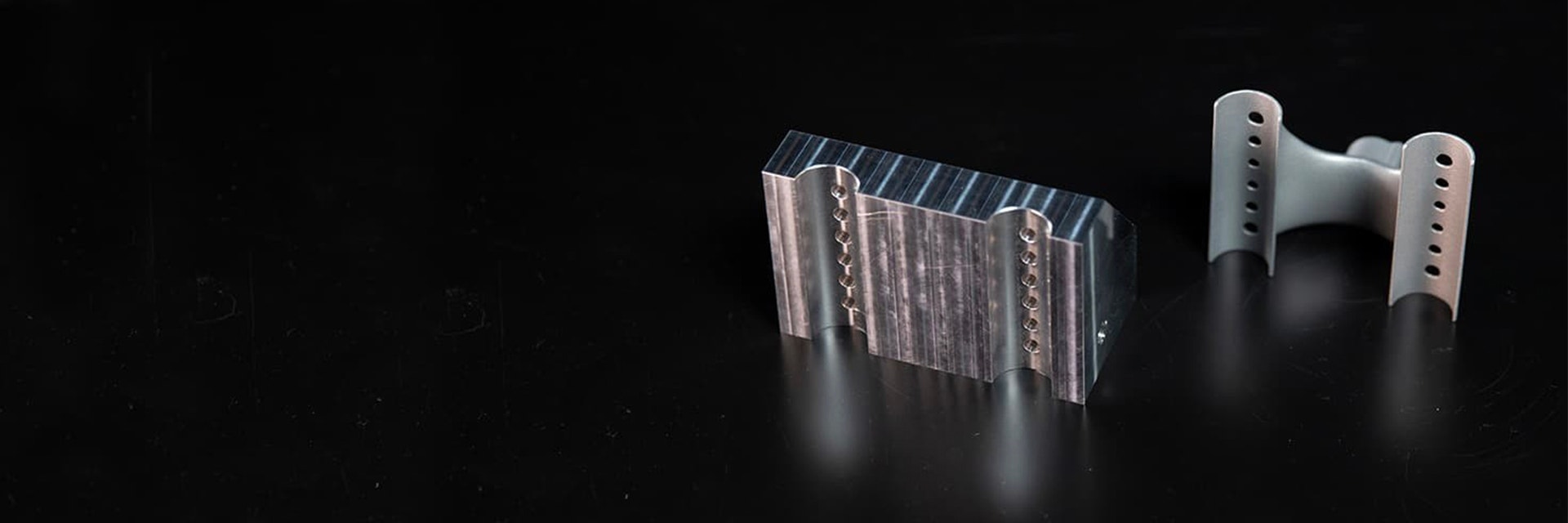EXPERT INSIGHT
How Additive Manufacturing Can Reduce Costs on Your Production Lines

3D printing has come a long way in the past five years. 3D printers are easily available and affordable and knowledge of the technology has increased within businesses. It’s well recognized as a manufacturing technology in its own right and frequently makes headlines.
The first 3D-printed house went on sale this year, and in addition to a vast number of consumer items, 3D-printed products are routinely used in a broad range of sectors, from renewable energy to healthcare. In short, additive manufacturing (AM) has given us an additional way of making things. What’s less often recognized, however, is the value of 3D printing that could be right in front of you, for example reducing costs on production lines by optimizing tools.
Think small, save big
We can’t deny that AM can bring significant value when used in end-part applications. What we see is that these products are often the result of large-scale R&D projects with considerable cost and lead times. However, to benefit from AM, manufacturing organizations don’t need to think big and radically change their end product — they can simply improve how they arrive at it. In fact, the quick wins of AM can lie in introducing it into existing manufacturing processes.
For the people working with and on highly complex traditional production lines, this might come as a surprise and a relief. Production lines typically include tens of thousands of grippers, brackets and other components that each represent an opportunity for AM. Additive manufacturing doesn’t need or want to replace traditional manufacturing. What it can do, however, is create an impact and reduce costs on traditional lines — whether it’s injection molding, complex assembly lines, or bottling plants. More than this, it can bring benefits beyond cost savings.


Costs halved for humble jig at Volvo (plus added benefits)
Take Volvo Car Gent for example. Half of Volvo’s annual car production takes place in this factory, with around 57 cars coming off the line each hour. Speed is key, but so is precision. This is even more challenging given three different ranges — and different models within each range — are manufactured at the same production line.
Each car needs specific branding with the logo, model number, and other marks. This can be tricky, with the badge needing to be placed in a specific location quickly and without damaging the paintwork. Previously, this had been done with a variety of cumbersome gluing jigs — unfortunate combinations of heavy, delicate, and expensive. Plus, it took six weeks for a replacement one to arrive if one broke.
This kind of troublesome production line tool often makes the best candidate to show what AM could offer. The key thought when looking at the jig for AM: just as end-products don’t need to be fully 3D printed, nor do all parts of a manufacturing tool, especially if a combination reduces cost.


The Materialise team looked at the jig and realized it could be created from a mixture of off-the-shelf and 3D-printed parts to improve it on multiple fronts. They started off with standard carbon tubing for the frame, which is light, durable, and easily available. This was then customized with 3D-printed connection points, pads, and buffers. Each component was made from different materials with the most suitable properties. Overall, it cost 48% less than the previous jig.
But cost savings come in many guises
While this flexibility in creating the jig improved the speed and accuracy with which Volvo could manufacture cars, they found there were other benefits — all at almost half the cost. The jig was almost two-thirds lighter, so it was easier and safer to use, leading to another subtle cost-saver: fewer mistakes. The shorter lead times mean a lower risk of costly downtime and a reduced requirement for holding the jigs in stock on site. What started as a cheaper production tool ended up delivering multiple cost benefits, in addition to health, safety, quality, and supply chain advantages.
More long-term benefits
Volvo’s new jig was a direct cost improvement over its predecessor. But it’s important to note that this isn’t always the case. In 2017, Signify (then known as Philips Lighting) came to Materialise with an interesting proposition. Could 3D printing be applied to improve the failure rate of certain components on their assembly line? The collaboration resulted in the reinvention of a lamp holder bracket and suction gripper that have functioned continuously for four years without breaking once, realizing cost savings of around €89,000 per year.
This application shows big-picture thinking on the part of Signify. The part price itself did not drive cost reduction, but by removing the need for maintenance Signify has saved over a quarter of a million euros over four years. All with a couple of parts that fit in the palm of your hand.
Cutting costs through innovation
Groundbreaking innovation can unlock incredible value, and we should absolutely continue to push the boundaries of 3D printing end products. But dreaming big shouldn’t mean we overlook the opportunities that are right in front of us: the many traditional production lines around the world, brimful of humble parts that can be made better today, reducing the cost and footprint of all manufacturing.
Volvo Car Gent found they could reduce weight and cost while improving accuracy and staff safety. And this was all from one small part of the production line. What started as a trial quickly became a new way of thinking on the production floor — an opportunity to learn about AM and change the way we make things from the ground up and from the inside out.
Share on:
You might also like
Never miss a story like this. Get curated content delivered straight to your inbox.
